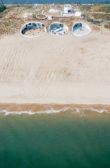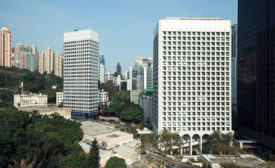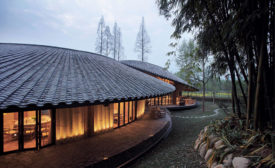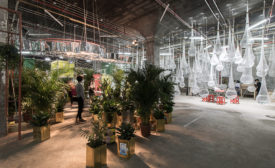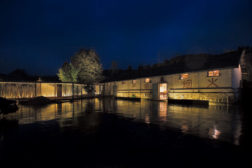Articles by Aric Chen
Xihe Cereals and Oils Museum and Villagers' Activity Center
Cultural Revolution: A rural village finds new purpose by converting an old granary into a museum and community center.
Read More
ESKYIU, Hong Kong
Expanding the definition of architectural work, a husband-and-wife team engages the public in projects ranging from installations to events.
Read More
Rural Urban Framework
A nonprofit firm tackles the needs of China's forgotten countryside, designing projects that help communities come together.
Read More
Art Gallery and Art Foundation Offices
Inserting a precisely detailed retreat for art into a high-rise building in the middle of bustling Hong Kong required some extraordinary measures.
Read More
Copyright ©2024. All Rights Reserved BNP Media.
Design, CMS, Hosting & Web Development :: ePublishing
